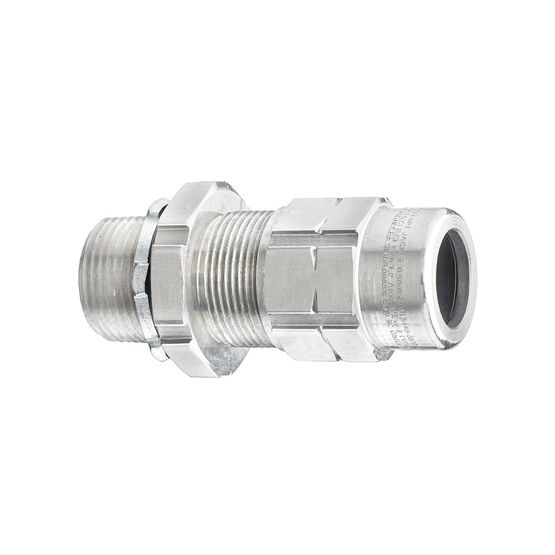In industrial settings where flammable gases, vapors, or dust are present, safety is paramount. Hazardous location transformers play a pivotal role in ensuring electrical safety in such environments. Understanding these transformers, their functionality, and importance is crucial for maintaining a secure work environment.
Understanding Hazardous Location Transformers
Hazardous location transformers are specially designed to operate safely in environments where explosive gases or dust are present. They are engineered to prevent sparks, arcs, or excessive temperatures that could ignite flammable substances. These transformers adhere to stringent safety standards outlined by organizations like the National Electrical Code (NEC) and the Canadian Electrical Code (CEC).
Types of Hazardous Locations
To better understand the significance of these transformers, it's essential to grasp the types of hazardous locations they are designed for. These locations are categorized into different classes and divisions based on the type and degree of hazard present. Common examples include:
- Class I: Locations where flammable gases or vapors are present.
- Class II: Environments containing combustible dust.
- Class III: Areas with easily ignitable fibers or flyings.
Importance of Hazardous Location Transformers
In hazardous environments, even a small electrical spark can lead to catastrophic consequences. Hazardous location transformers mitigate this risk by employing various safety features:
- Explosion-proof enclosures: These transformers are housed in robust enclosures designed to contain explosions, preventing them from spreading to the surrounding environment.
- Sealed construction: To prevent the ingress of hazardous substances, transformers are sealed to maintain integrity.
- Temperature monitoring: Advanced transformers incorporate temperature sensors to detect overheating, triggering automatic shutdowns to prevent potential hazards.
Installation Considerations
Proper installation of hazardous location transformers is critical for ensuring optimal safety. Here are some key considerations:
- Location assessment: Conduct a thorough assessment of the environment to determine the appropriate class and division rating for the transformer.
- Proper grounding: Ensure proper grounding to minimize the risk of electrical faults.
- Compliance with regulations: Adhere to all relevant safety standards and regulations to guarantee compliance.
FAQs (Frequently Asked Questions)
Q: Can hazardous location transformers be used in outdoor settings? A: Yes, certain models are specifically designed for outdoor use and are constructed to withstand harsh weather conditions.
Q: Are hazardous location transformers more expensive than standard transformers? A: While the initial cost may be higher due to their specialized design, the long-term benefits in terms of safety far outweigh the investment.
Q: How often should hazardous location transformers be inspected? A: Regular inspections should be conducted as per the manufacturer's recommendations and industry regulations, typically annually or biannually.
Q: Can hazardous location transformers be retrofitted into existing systems? A: Yes, retrofitting options are available, but it's essential to consult with a qualified professional to ensure compatibility and safety.
Q: What are the primary industries that utilize hazardous location transformers? A: Industries such as oil and gas, chemical processing, mining, and manufacturing commonly employ hazardous location transformers to ensure safety in potentially explosive atmospheres.
Q: Are there specific maintenance requirements for hazardous location transformers? A: Yes, routine maintenance, including cleaning, testing, and inspection of critical components, is essential to ensure optimal performance and safety.
Conclusion
Hazardous location transformers play a vital role in safeguarding industrial environments where explosive atmospheres pose significant risks. By adhering to strict safety standards and employing advanced technologies, these transformers mitigate the risk of electrical hazards, ensuring a secure work environment for personnel and assets.


No comments yet